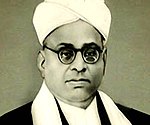1923 Madras Presidency Legislative Council election
| ||||||||||||||||||||||||||||||||||||||||||||||||||||||||||||||||||||||||||||||||||||||||||||||||||||||||||||||
Read other articles:

内華達州 美國联邦州State of Nevada 州旗州徽綽號:產銀之州、起戰之州地图中高亮部分为内華達州坐标:35°N-42°N, 114°W-120°W国家 美國建州前內華達领地加入聯邦1864年10月31日(第36个加入联邦)首府卡森城最大城市拉斯维加斯政府 • 州长(英语:List of Governors of {{{Name}}}]]) • 副州长(英语:List of lieutenant governors of {{{Name}}}]])喬·隆巴爾多(R斯塔夫�…

Сельское поселение России (МО 2-го уровня)Новотитаровское сельское поселение Флаг[d] Герб 45°14′09″ с. ш. 38°58′16″ в. д.HGЯO Страна Россия Субъект РФ Краснодарский край Район Динской Включает 4 населённых пункта Адм. центр Новотитаровская Глава сельского посел…
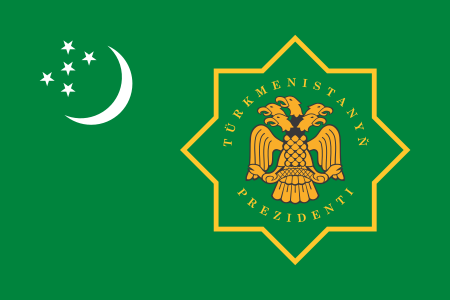
土库曼斯坦总统土库曼斯坦国徽土库曼斯坦总统旗現任谢尔达尔·别尔德穆哈梅多夫自2022年3月19日官邸阿什哈巴德总统府(Oguzkhan Presidential Palace)機關所在地阿什哈巴德任命者直接选举任期7年,可连选连任首任萨帕尔穆拉特·尼亚佐夫设立1991年10月27日 土库曼斯坦土库曼斯坦政府与政治 国家政府 土库曼斯坦宪法 国旗 国徽 国歌 立法機關(英语:National Council of Turkmenistan) 土�…
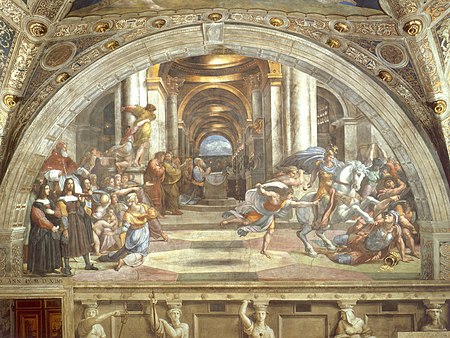
15 chapters of the book Main article: 2 Maccabees The book 2 Maccabees contains 15 chapters. It is a deuterocanonical book originally written in Greek that is part of the Catholic, Eastern Orthodox, and Oriental Orthodox Christian biblical canons. It is still considered an important source on the Maccabean Revolt by Jews, Protestants, and secular historians of the period who do not necessarily hold the book as part of a scriptural canon. The chapters chronicle events in Judea from around 178R…

United States historic placePresley StoreU.S. National Register of Historic Places The store in October 2014Show map of AlabamaShow map of the United StatesLocation601 Main St., Springville, AlabamaCoordinates33°46′29″N 86°28′17″W / 33.77472°N 86.47139°W / 33.77472; -86.47139Built1902 (1902)NRHP reference No.83002982[1]Added to NRHPJanuary 11, 1983 Presley Store (also known as the Webby Building) is a historic building in Springville, Al…

New Zealand television presenter Dominic BowdenBorn (1977-12-15) 15 December 1977 (age 46)Auckland, New ZealandNationalityNew ZealanderOccupationHostYears active1999–presentSpouse Claire Robbie (m. 2008; div. 2012) Dominic Joseph Bowden (born 15 December 1977) is a New Zealand television personality, host and voice actor. He is best known as the host of New Zealand reality series including New Zealand Idol, Dancing with the Stars Ne…
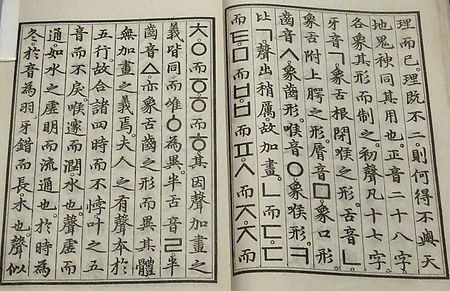
Standards used to convert the Korean script into the Latin script For the official system of romanization in North Korea, see Romanization of Korean (North). Korean writing systems Hangul Chosŏn'gŭl (in North Korea) New Korean Orthography Hanja Gukja (Yakja) Gugyeol Idu (Hyangchal) Mixed script Braille Transcription McCune–Reischauer Romanization of Korean (North) Revised Romanization (South) Bok Moon Kim romanization [ko] Kontsevich (Cyrillic) Kholodovich system [ru …

Este artículo se refiere o está relacionado con un evento reciente o actualmente en curso. La información de este artículo puede cambiar frecuentemente. Por favor, no agregues datos especulativos y recuerda colocar referencias a fuentes fiables para dar más detalles. Censo chileno de 2024 Información generalNombre oficial XX Censo Nacional de Población y IX de ViviendaTipo de censo Población y viviendaLugar Chile ChileFecha de realización 9 de marzo al 2 de junio de 2024Autoridad r…

تعتمد هذه المقالة اعتماداً كاملاً أو شبه كامل على مصدر وحيد. فضلاً، ساهم في تحسين هذه المقالة بإضافة مصادر إضافية لضمان وجهة النظر المحايدة. (ديسمبر 2018) أيام من حياتي معلومات الكتاب المؤلف زينب الغزالي البلد مصر اللغة العربية تعديل مصدري - تعديل أيام من حياتي هو كتاب لزين�…
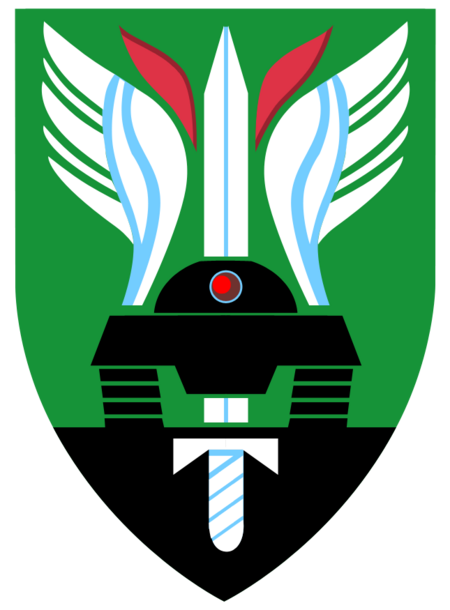
Ongoing conflict between Hezbollah and Israel Israel–Hezbollah conflict (2023–present)Part of the Hezbollah–Israel conflict amidst the Israel–Hamas war, Iran–Israel proxy conflict and Iran–Israel conflict during the Syrian civil war Israel Golan Heights (Israeli-occupied) Areas ordered evacuated by Israel Areas of Lebanon with attested Hezbollah presence Syria See here for a more detailed map.Date8 October 2023 – present(8 …

American baseball player (1897-1956) Baseball player John MonroeSecond basemanBorn: (1897-08-24)August 24, 1897Farmersville, TexasDied: June 19, 1956(1956-06-19) (aged 58)Conroe, TexasBatted: LeftThrew: RightdebutApril 16, 1921, for the New York GiantsLast appearanceOctober 1, 1921, for the Philadelphia PhilliesCareer statisticsBatting average.266Home runs2Runs batted in11 Teams New York Giants (1921) Philadelphia Phillies (1921) John Allen Monroe (August 24, 1…

横山健堂 横山 健堂(よこやま けんどう、1872年12月5日(明治5年11月5日) - 1943年(昭和18年)12月24日)は、日本の評論家。 山口県出身。本名は達三。東京帝国大学卒。明治41年(1908年)から黒頭巾の名で『読売新聞』に「新人国記」を連載した。維新史などの評論を書き、のち駒澤大学教授。子は俳人・医師の横山白虹。孫は俳人の寺井谷子。 長州藩に伝わる専當流を学…
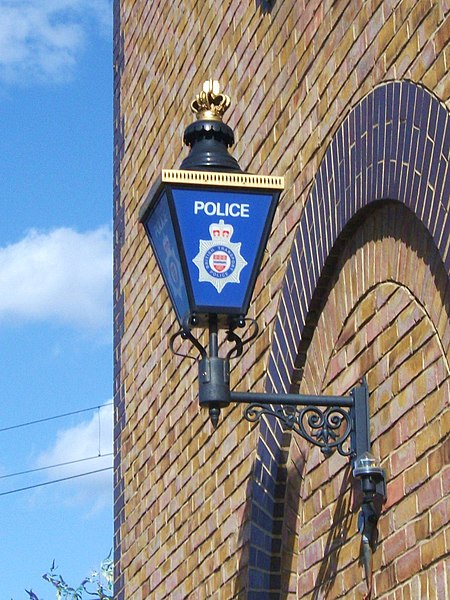
Police force responsible for railways in England, Wales and Scotland Law enforcement agency British Transport PoliceWelsh: Heddlu Trafnidiaeth PrydeinigLogo of the British Transport PoliceAbbreviationBTPAgency overviewFormed1 January 1949 (1949-01-01)Preceding agenciesGreat Western Railway PoliceLondon and North Eastern Railway PoliceLondon, Midland and Scottish Railway PoliceSouthern Railway PoliceLondon Transport PoliceAnnual budget£328.1 million (2021/22)[1]Jurisdictio…

Station in County Tipperary, Ireland ThurlesDurlasAn IE 22000 Class train at ThurlesGeneral informationLocationRailway Road, Thurles, County Tipperary, E41 H027IrelandCoordinates52°40′35″N 7°49′19″W / 52.67639°N 7.82194°W / 52.67639; -7.82194Owned byIarnród ÉireannOperated byIarnród ÉireannPlatforms3ConstructionStructure typeAt-gradeHistoryOriginal companyGreat Southern and Western RailwayPre-groupingGreat Southern and Western RailwayPost-groupingGreat Sou…

Japanese architect This biography of a living person needs additional citations for verification. Please help by adding reliable sources. Contentious material about living persons that is unsourced or poorly sourced must be removed immediately from the article and its talk page, especially if potentially libelous.Find sources: Hiroshi Hara architect – news · newspapers · books · scholar · JSTOR (March 2010) (Learn how and when to remove this message)…

Canadian ice hockey player (born 1985) For other uses, see Jeff Carter (disambiguation). Ice hockey player Jeff Carter Carter with the Los Angeles Kings in April 2016Born (1985-01-01) January 1, 1985 (age 39)London, Ontario, CanadaHeight 6 ft 4 in (193 cm)Weight 217 lb (98 kg; 15 st 7 lb)Position Centre / Right wingShot RightPlayed for Philadelphia FlyersColumbus Blue JacketsLos Angeles KingsPittsburgh PenguinsNational team CanadaNHL draft 11th overa…

South African golf club Royal Johannesburg & Kensington Golf ClubThe Royal Johannesburg & Kensington logoClub informationLocationJohannesburg, Gauteng,South AfricaEstablished1890TypePublic resortTotal holes36Events hostedSouth African PGA ChampionshipJoburg OpenWebsitehttps://www.royaljk.za.com/East CourseDesigned byRobert Grimsdell (1935)Par72Length6,940 yardsCourse rating72 West CourseDesigned byLaurie Waters (1909)Par72Length6,563 yardsCourse rating70 The Royal Johannesburg & Kens…

Kyrou Paideia Kyrou Paideia (bahasa Yunani: Κύρου παιδεία; bahasa Latin: Cyropaedia) adalah sebuah biografi[1] tetang kaisar Persia, Koresh yang Agung (bahasa Yunani: Kyrous; bahasa Latin: Cyrus). Kyrou Paideia ditulis oleh seorang prajurit Athena abad ke-4 SM, Xenophon. Kyrou Paedia sendiri bermakna Pendidikan Koresh. Isi Dalam substansinya, Kyrou Paideia adalah suatu roman politik, menggambarkan pendidikan pemimpin idela, dilatih untuk memerintah sebagai seorang penguas…

I diritti dell'uomoTitolo originaleRights of Man Altri titoliI diritti dell'uomo e altri scritti politici,[1]I diritti dell'uomo : ovvero risposta all'invettiva del signor Burke contro la Rivoluzione francese[1] Frontespizio della prima edizione AutoreThomas Paine 1ª ed. originale1791 Generesaggio Sottogenerepamphlet Lingua originaleinglese Modifica dati su Wikidata · Manuale I diritti dell'uomo (Rights of Man)[1] è un'opera di Thomas Paine del 1791, in …

Jet Seekers Transformers. Seekers (atau lebih lengkapnya Jet Seekers) merupakan sebuah grup pesawat tempur jet fiksi dari serial Transformers. Grup ini dipimpin oleh Starscream, dan pertama kali muncul pada serial Transformers G1 season satu. Anggota Starscream Artikel utama: Starscream Thundercracker Thundercracker merupakan salah satu anggota Decepticons. Ia adalah salah satu bagian dari Seekers Jet pimpinan Starscream. Tidak ada perbedaan antara Thundercracker dan Starscream. Keduanya berjeni…


